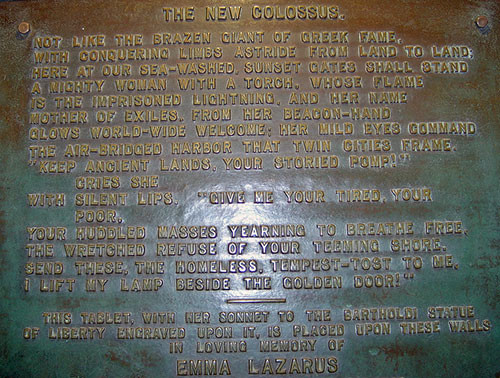UMCES Colossus of Rhoades
Bill Dennison ·For the past 33 years, one of the seven wonders of the UMCES world has been the Colossus of Rhoades. The iconic Phyllis Rhoades has been a pillar of support for each and every faculty member submitting a proposal, obtaining the necessary support to build this institution, and managing their projects. Phyllis found no deadline too daunting, no agency too difficult, and no faculty too difficult to work with.

The ancient Colossus of Rhodes is a statute of Helios, the Greek god of sun. Indeed, the modern Colossus is the goddess of sunshine in the way she made all of us feel. When Homer wrote about Helios, he said that this god was the symbolic offspring of the idea of the Good. That is a very fitting description of the modern day Colossus - Phyllis embodies the idea of the Good.
If you look at a map of the Aegean Sea, you will find the island of Rhodes just off the coast of Turkey. Thus, the ancient Colossus of Rhodes, like our modern day UMCES Colossus of Rhoades, has looked out on a whole bunch of us turkeys. In spite of her regular encounters with faculty turkeys, the UMCES Colossus of Rhoades has maintained a professional, positive and positively polite disposition at all times, under all circumstances.

Seeing the number of similarities between the historical Colossus of Rhodes and the modern UMCES Colossus of Rhoades, there are some historical writings that have relevance to today's occasion to celebrate the years of service that Phyllis Rhoades, UMCES Colossus has accumulated.
Shakespeare wrote about the Colossus of Rhodes in his play Julius Caesar, and it went something like this:
Why faculty, they doth bestride their narrow specialities
Call their Colossus, and we petty academics
Rely on her huge largesse and wherewithal
To find ourselves some honorable grants.

Another historical description of the Colossus of Rhodes can be found inscribed on a large plaque at the base of the Statue of Liberty. A similar, modern day version of this description is as follows:
Not unlike the brazen giant of Greek fame,
With conquering grants astride from sea to land;
Here at our sea-washed, sunset gates shall stand
A mighty woman with a gift, whose flame
Is the ability to create new grants, and her name
Phyllis Rhoades. From her beacon-hands
Glows UMCES-wide welcome; her mild eyes commands
The four laboratories plus SeaGrant and IAN.
"Give, funding agencies, your grants to us!" cries she
With her golden touch. "Give me your tired, your poor,
Your huddled masses yearning to be poverty free,
The wretched refuse of your teeming shore.
Send these, the grant-less, the hungry to me,
I'll lift them up to golden grants galore!"
The ancient wonder of the world, the Colossus of Rhodes finally did fall, but thousands of years later, it is still remembered. Similarly, the Colossus of Phyllis Rhoades is finally retiring, but she will forever be a wonder of the UMCES world.
About the author
Bill Dennison

Dr. Bill Dennison is a Professor of Marine Science and Interim President at the University of Maryland Center for Environmental Science (UMCES).